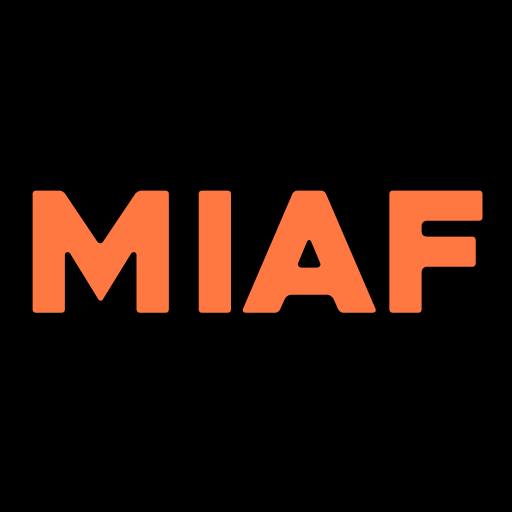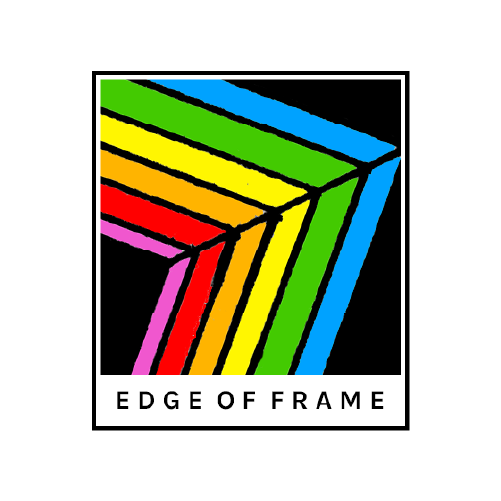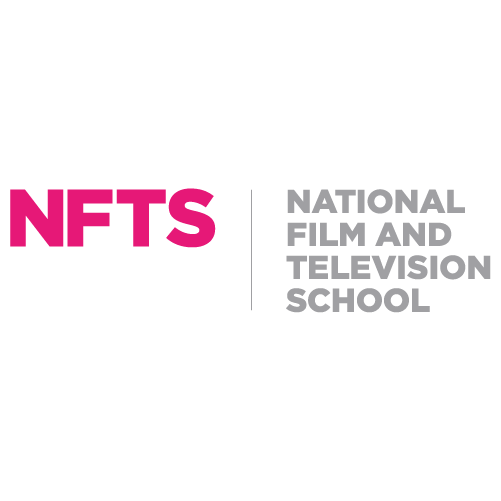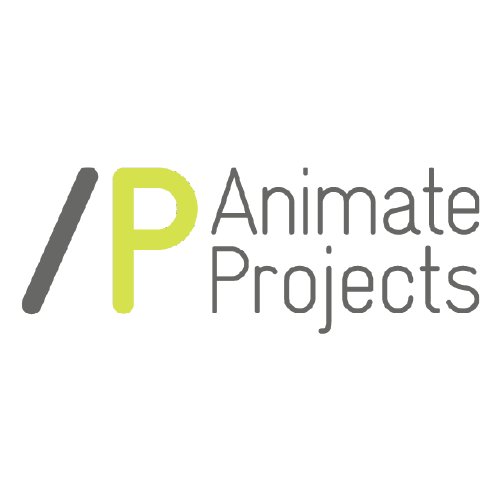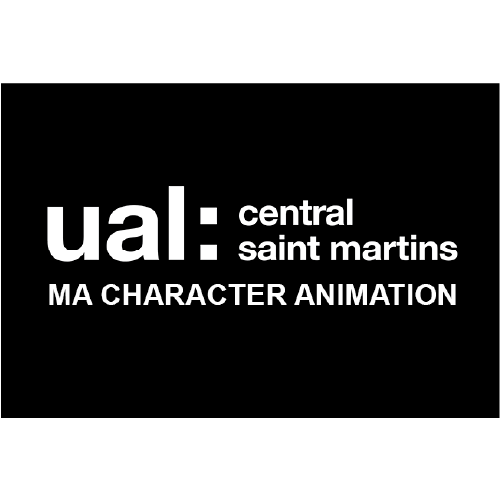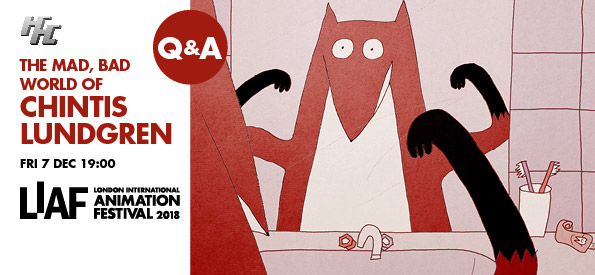 When Chintis Lundgren was three years old, her mother visited a fortune teller. When her mother returned home, she informed her daughter “one day you will be a famous artist, the fortune teller has told me” in a tone as certain and assured as if pointing to a table and saying, “this is a table”. Both mother and daughter accepted this without question and so it came to be.
When Chintis Lundgren was three years old, her mother visited a fortune teller. When her mother returned home, she informed her daughter “one day you will be a famous artist, the fortune teller has told me” in a tone as certain and assured as if pointing to a table and saying, “this is a table”. Both mother and daughter accepted this without question and so it came to be.
Animation probably wasn’t the artform she had in mind but nonetheless Chintis Lundgren is making a big impression on the international animation stage. Her sensibilities are Estonian, her outlook international, her aspirations boundless, her energy bottomless – and she can draw.
In fact, she draws a LOT!
“All my films are hand drawn. It’s actually faster than digital,” she says. “I draw on A5, really small paper, so I barely move my hands. On a computer you’re zooming in and getting into details. It just takes less time on paper. I should try drawing on post-it notes! The smaller the paper, the quicker the film.”
Chintis burst on to the animation scene in 2008 and has hasn’t looked back, creating a sensational roster of more than 30 short animated films, trailers and “other nonsense”. And that adds up to a lot of drawings.
Apart from the determinedly hand-drawn aesthetic, one of the other common threads that drives all her films is an ingrained love of minimalistic humour. It doesn’t take much to get her talking about it.
“You don’t get a huge set up,” she begins. “In American films, you get ‘here, this is supposed to be funny’ and then you laugh. My work is more dark and cynical and people don’t act very wildly. I don’t like so much, especially in animation, over-animated characters.”
How does this minimalistic humour flow through into her character design?
“Well, with facial expressions for instance,” she offers. “In my films I can use the same shot to depict different emotions, because when the character’s face is so emotionless you construct it in your own head – you think that this is what he must be feeling. You attribute the meaning yourself, it’s not told to you. It makes it more interactive in a way. It allows the audience to laugh more.”
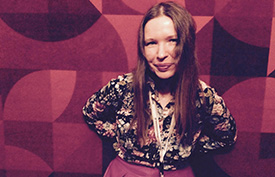 The time is absolutely right to stage a showcase of Lundgren’s work to date. Right now is the moment we are witnessing the significant maturing of her work as it transitions from the short, sharp, absurdist pieces that she animated more instinctively, almost on the fly. Emerging are much longer, more intensely constructed works that are the result of serious periods of consultation and development.
The time is absolutely right to stage a showcase of Lundgren’s work to date. Right now is the moment we are witnessing the significant maturing of her work as it transitions from the short, sharp, absurdist pieces that she animated more instinctively, almost on the fly. Emerging are much longer, more intensely constructed works that are the result of serious periods of consultation and development.
It is also work that is attracting not just increasingly lavish amounts of attention on the international festival circuit (although there is no shortage of that) but international co-production funding support. Her latest film Manivald was co-produced in conjunction with the National Film Board of Canada. Votes of confidence don’t come much stronger than that.
In many ways, the gear-change came with the 2015 film Life With Herman H. Rott. The drawing style, to those of us who had been loving these crazy, chirpy little pieces of animated nuttiness for a while, was all still there and utterly recognisable. But something under the hood had been tuned up. There was an intangible, yet completely unmissable, extra density to “Herman” that hadn’t been there previously.
Trailer – Life with Herman H. Rott
The message noted by many who had been keeping up with the steady output up to that point was that Lundgren had decided to really become an animator. This was next level stuff – more thought going into the fabric of the films, more people involved in their construction, more facets to the worlds she was creating. And more drawings.
One of the most interesting aspects to this period of intensification was the emergence of a fascinating portrayal of a multiplicity of sexualities within the structure of her films. Neither prurient nor sensationalist but instead nuanced and confidently central to the motivational life-force of the main characters, this ‘discussion’ of complicated and varied sexualities is a rare thing in animated films by female directors, even in our apparently modern, #MeToo liberated – or at least supposedly enlightened – times.
It arrived as a kind of humming undercurrent in Life With Herman H. Rott, perhaps held in check by an already apparent set of unspoken complications surrounding the cross-species divide that helps to fine-tune the conflict between the two main protagonists.
But with the arrival of her latest film Manivald last year it was front and centre; both fuel and driver for characters and plot. Simple and unvarnished desire share uneasy space with unabashed voyeurism/exhibitionism and the bringing to a head the fracturing of an already strained Mother/Son relationship.
Building this complex web around a broken down washing machine brings – simultaneously – an element of absurdity and depth that can take a lot of thinking through to get right.
For much of her time as an animator, Lundgren had been used to animating short pieces more or less as they came to her. These newer films demanded more though – much more. For Manivald, she repeatedly ‘pitched’ increasingly refined iterations of the script to her life/filmmaking partner, Drasko Ivezic.
Together Lundgren and Ivezic have formed their own Croatian-based studio, Adriatic Animation. Beyond that, his contribution to her films is a key component both in the planning and production stages.
With all of that though, the script of Manivald took a lot of ironing out. Lundgren and Ivezic readily credit bursts of focused input from Priit Parn during the development phase as making the critical difference.
“Priit Parn was very good, he was giving advice,” Lundgren told a filmmakers forum at Animateka Festival in Ljubljana last year. “It was very concentrated. We had only three or four meetings with him, each of about ten minutes or so but he said ‘this is wrong and this is wrong and this is wrong or not logical.’
“Priit is, I think, one of the best editors in the world,” continues Ivezic, picking up the thread. “He helps you to edit your story to help it become clearer to the audience. But also he helps you to add elements which enhance whatever it is you want to tell. He helped us with at least two elements which gave a totally other meaning to our story.”
Around the time Lundgren felt she was finally ready to start animating, she met Jelena Popovic, a producer at the National Film Board of Canada in Montreal. Embarking on a co-production with the NFB to get Manivald made, Popovic felt the script still needed some polishing. By the time it was finally deemed ready to go it had been in development of one kind or another for more than nine months.
“It’s the first time I spent more time on the script than on animating,” Lundgren reflects, putting the experience in perspective. “And in the end, the story is still the same, but a lot less confusing and much more focused.”
The completed film is a triumph and is one of the most successful and widely screened films on the international animation festival circuit in recent times.
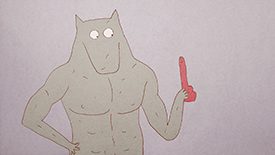
Toomas Beneath the Valley of the Wild Wolves
At LIAF’s screening we will get a sneak peek at Toomas Beneath the Valley of the Wild Wolves, her next project currently in development. However the hope is that Manivald will be adapted into a TV series and go on to have a life on the small screen. Its original creative impetus came from an extended series of single panel drawn cartoons titled Manivald And The Absinthe Rabbits which Lundgren continually posted online. These in turn provided the inspiration for a series of very short animated snippets which, in turn, grew into the animated short. In that context, retro-adapting the idea and the characters ‘back’ to screenable episodes isn’t that big of a stretch. As always, it will come down to capturing that most elusive of prey – funding.
The world, they say, is a small place. True enough, but it’s round, it keeps spinning and finding a place to meet somebody can be tricky. In the end, a chance to sit down for a face-to-face chat with Lundgren and Ivezic didn’t come together; too many paths that didn’t cross. So thanks to the modern marvels of airborne wi-fi, somewhere between Tel Aviv and Tbilisi a small but insightful Q&A of one of contemporary animation’s true rising stars got underway. At LIAF, we like to give the filmmakers the last word.
How has being Estonian impacted on your career as an animator?
Being a kid in the Soviet Union, I didn’t get to see many Western cartoons. I spent my childhood watching Priit Pärn and other Eastern European animations that often were not even made for children – sometimes even abstract and experimental stuff. I’m sure it influenced me a lot, especially the way I see animation but also my sense of humour.
From another perspective, living in the shadow of Priit Pärn can also be tough, people always want to compare you to him and often see you as just not such a good copy of him – even when your films are maybe not that similar to his at all. But I guess it forces you to look deeper and find what’s different in you and do your best not to be that copy.
Where is your animation heading and what’s next?
As a teenager I was into Balzac a lot and read many of his books. I especially liked the way he created a world that seemed real around the characters. A side character from one book would be the main hero in another and a lot of characters reappeared again and again in different books and situations.
I’m trying to create something similar with my films. All the animal characters I have created in the past few years are part of the same universe and will keep popping up in different films. For example, I’m now making a film starring a side character from my previous work Manivald. And as an even bigger extension to that universe me and my co-writer Draško Ivezic are also trying to develop a TV-series featuring all those characters and more.
When you reflect on the films in the LIAF showcase screening what comes to mind about your career as an animator so far?
I got into animation almost accidentally. I never planned to stay with it at first. I considered myself a painter and animation was just a phase. So my earlier works are done without putting too much concern into them. I never spent more than one day on the script and in general just animated what came to mind.
As I started to realise that the animation world is so much cooler than the fine arts world and decided to stay with animation, my films started to make more sense. On my last films (the longer ones at least) I often spent more than half a year refining the script. I sometimes miss those early days of not going too deep into details and just having fun with it.
Another thing that comes to mind is that in the little world of animation (at least the festival side of business) everything is possible. I never studied animation or film, didn’t know anyone who did animation, didn’t know anything about the technical or even storytelling part of it. But I tried anyway and no-one ever rejected my films because I didn’t come from a certain school or studio. People around me (not animators) didn’t believe that I’d ever get anywhere just jumping out of a bush like that but I did.
What it taught to me is that you shouldn’t always listen to reason but just do what you want and if you have enough passion it’ll take you somewhere.
The Mad, Bad Anthropomorphic World of Chintis Lundgren screens at The Horse Hopsital Fri 7 Dec book tickets
By Malcolm Turner & Annie Murray





